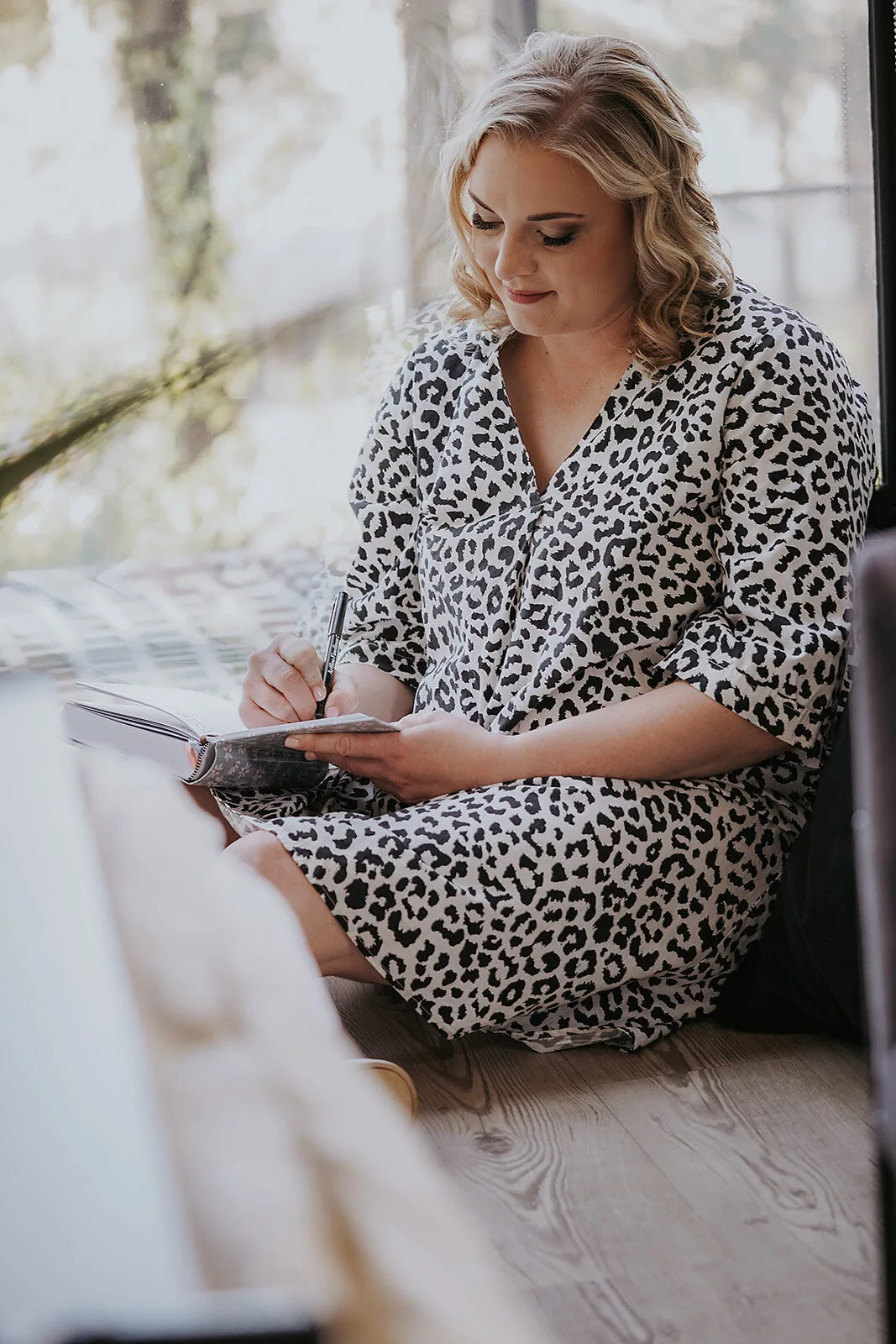You’ll need just a notebook and pen to start your bullet journal—grab any grid or dot paper notebook for better alignment. Set up an index at the front, number your pages, and create a simple symbols key using dots for tasks, tick marks for completed items, and triangles for deadlines. Begin with basic daily logs by writing the date and listing tasks as bullet points. Start simple with weekly layouts and add habit tracking once you’re comfortable with the fundamentals.
One notebook and one pen—that’s all you need to convert your chaotic to-do lists into an organised, functional system. Don’t fall into the trap of thinking you need expensive supplies or Pinterest-perfect spreads to start bullet journaling.
Choose a dedicated notebook rather than repurposing something you’ve already scribbled in. Consistency reduces confusion, and starting fresh gives you a clean slate. Grid or dot paper improves alignment, but plain lined pages work perfectly fine.
Your first step is creating an index at the front of your notebook. Number your pages—either manually or buy a pre-numbered notebook—then track topics with their corresponding page numbers.
Develop a simple symbols key next. Use tick marks for completed tasks, dots for basic to-dos, and triangles for deadlines. Place this key near the front where you can find it quickly.
Focus on daily logs before getting fancy with elaborate layouts. Write the date at the top, then list your tasks, appointments, and notes using bullet points. Keep entries concise—this isn’t your diary.
Each night, review your progress and migrate incomplete tasks to tomorrow’s log. Understanding the why behind each task helps you determine which incomplete items deserve migration versus elimination.
Once you’ve perfected daily logging, add a simple weekly layout. Use a straightforward “two days per page” spread to track recurring tasks and broader goals. Don’t overfill these layouts—leave space for updates throughout the week.
Monthly layouts should stay basic initially. A two-column format showing dates versus days of the week provides enough structure for most beginners.
Consider adding a simple habit tracker using a basic grid where you tick off daily habits like exercise or reading. Start habit tracking with just two or three behaviours you want to build. Remember that this customisable planning system adapts to your individual needs rather than forcing you into a rigid structure.
The biggest mistake beginners make is overcomplicating their designs. Functionality trumps aesthetics every time. Your bullet journal should evolve as you learn what works for your lifestyle, not match someone else’s Instagram-worthy setup. Focus on sustainable daily practices that you can maintain consistently rather than elaborate spreads that require hours to create. Remember that completed entries are always more valuable than perfect-looking pages that remain unused.
Frequently Asked Questions
What if I Make Mistakes in My Bullet Journal?
Don’t worry about mistakes—they’re normal and expected. Use correction tape, erasable pens, or stickers to fix errors. View them as learning opportunities that’ll help you enhance your system and uncover what works best.
How Much Time Should I Spend on My Bullet Journal Daily?
You’ll need 15-20 minutes daily for your bullet journal. Spend 10-15 minutes each morning time blocking, then 5 minutes nightly reviewing accomplishments. Start minimal to avoid overwhelm.
Can I Use a Digital App Instead of a Physical Notebook?
You can absolutely use digital apps instead of physical notebooks. Trello offers Kanban-style task tracking, whilst GoodNotes provides handwritten entries with Apple Pencil. Digital options give you searchability and cross-platform synchronisation.
What’s the Difference Between Bullet Journalling and Regular Planning?
You’ll find bullet journaling offers complete customisation with hand-drawn spreads and creative layouts, whilst regular planning uses preset formats with fixed time slots and structured schedules that limit your creative flexibility.
Do I Need Artistic Skills to Make My Bullet Journal Look Good?
You don’t need artistic skills for an effective bullet journal. Use simple symbols, basic colours, and stickers instead of drawings. Focus on functionality over aesthetics—your system’s usefulness matters more than artistic perfection.





